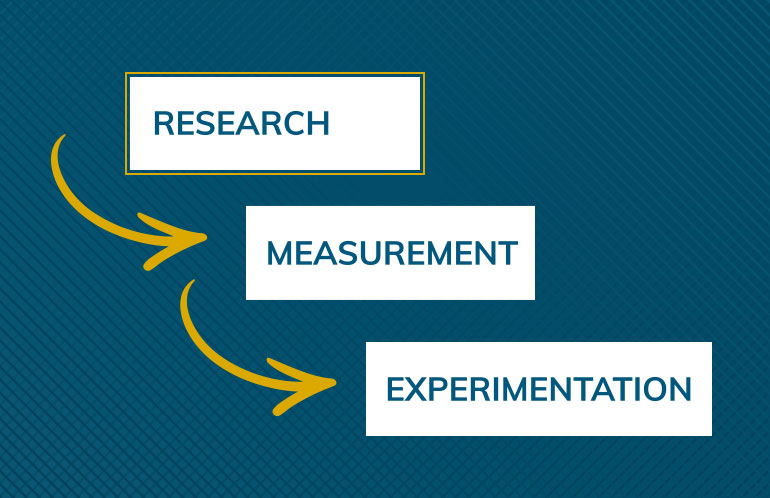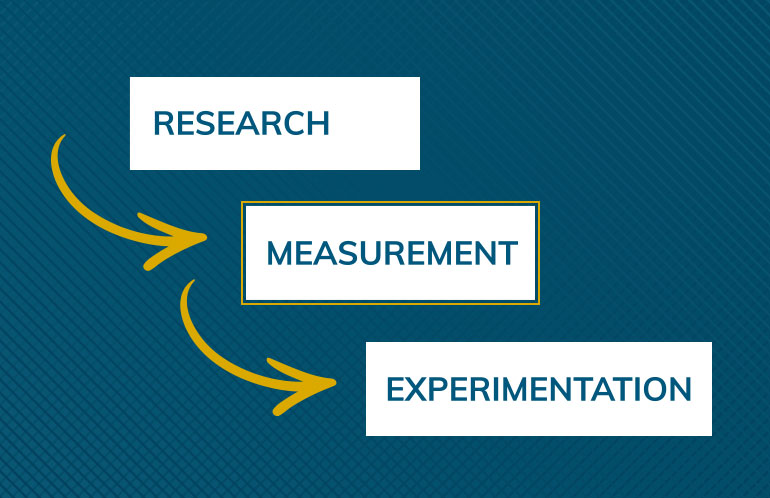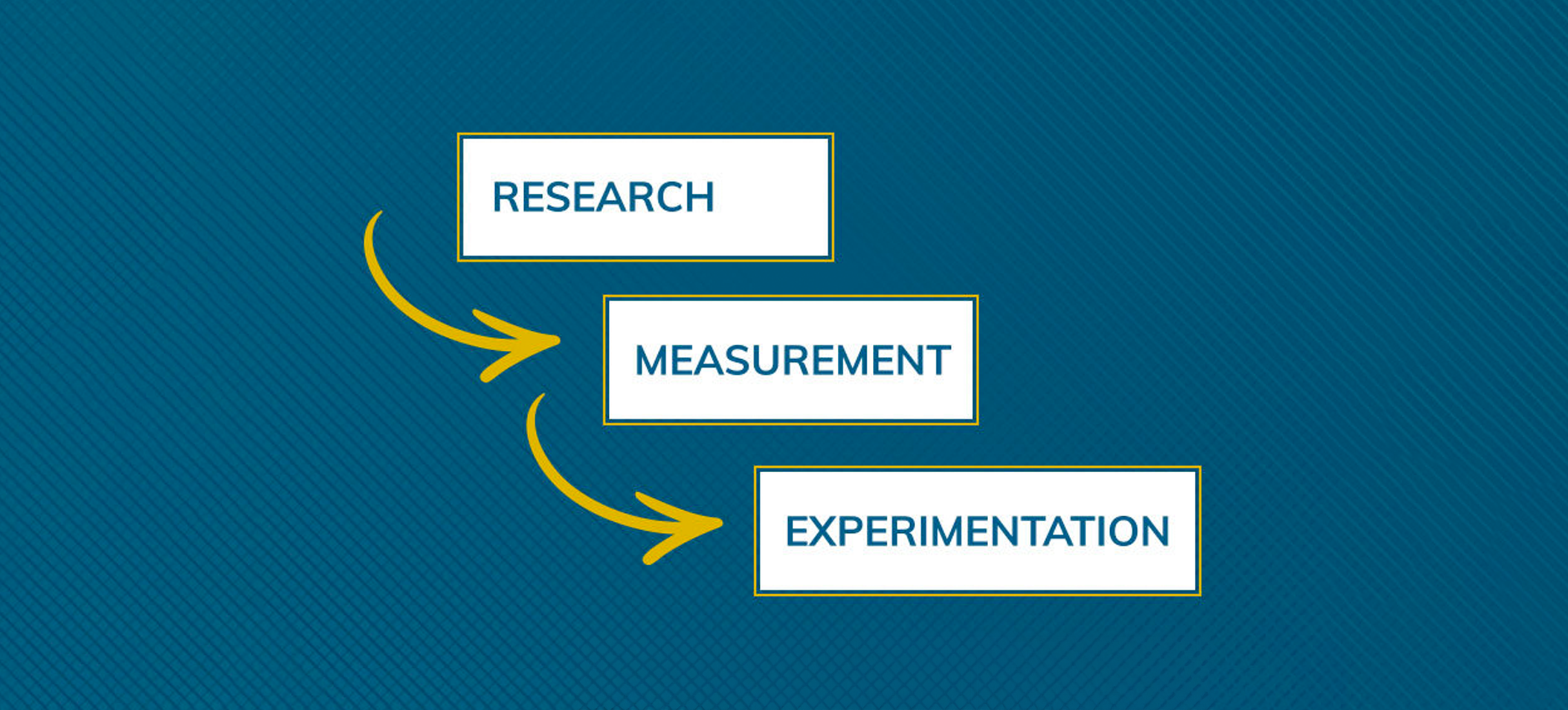Success is never quite satisfying. The better we get at engaging our audience or leveraging our technology, the more we see places for improvement—or, sometimes, a complete overhaul.
Some of these problem areas are more expensive than others, and deserve closer attention. They’re expensive in the traditional sense, for example, a clunky payment process for membership renewals results in abandoned shopping carts and missed revenue opportunities.
Or, they’re expensive in other ways.
- A lack of email segmentation costs you lost attention and engagement from your audience.
- Poor website navigation menus and search functionality cost your website visitors time—and makes it less likely they’ll return.
- A poorly designed new member onboarding campaign costs you the opportunity to learn more about a member’s needs and provide the value they seek from their dues investment.
The value-based design approach to solving problems
How can you identify and solve the problems that are costing your organization revenue, attention, engagement, time, or relevance? Value-based design, a term coined by Nick Disabato, is a problem-solving approach that combines research, measurement, and experimentation in an iterative fashion. It will not only help your organization solve problems, but help you establish a practice of continuous improvement as well.
How can you identify and solve the problems that are costing your organization revenue, attention, engagement, time, or relevance? Value-based design is a problem-solving approach that combines research, measurement, and experimentation in an iterative fashion. It will not only help your organization solve problems, but help you establish a practice of continuous improvement as well.
This methodology is called “value-based design” because it ties a decision about design to the business value it generates. For example, you can use this approach for decisions about the design of a user experience, marketing campaign, or communications.
Value-based design uses research and data analytics to test hypotheses and possible solutions to expensive user experience problems. Let’s look at the three pillars of the value-based design approach: research, measurement, and experimentation.
Pillar 1: Research

Research is a fundamental, yet overlooked and under-budgeted, activity in digital projects. Research uncovers insights and customer needs that may never occur to an organization’s staff—or its digital partner—in any other fashion. For example, a single user interview can reveal an entire new audience or use case for an existing product.
You need research to better understand the people using your products and services, whether they’re members, customers, donors, volunteers, website visitors, attendees, subscribers, or supporters. Research helps you identify existing problems and their costs—not only the financial costs, but losses in attention, productivity, engagement, and opportunities too.
Think about the impact of a poor website user experience (UX) on staff productivity. As a result of poor UX, staff may have to spend time:
- Helping a member find what they need online.
- Repeating information you published in the last newsletter.
- Answering questions that your website content already addresses.
- Taking event registrations over the phone.
Granted, it’s best for research to take place during a project’s discovery phase, but research is valuable at any stage of a project’s life. It can lead to new opportunities for experimentation, improvement of existing offerings, and validation that your audience will benefit from those proposed improvements.
Examples of value-based research tactics include:
- Analytics audits show where a user pathway is blocked, and suggest how to unblock it, thereby increasing overall value delivery.
- Competitive or landscape analyses reveal opportunities for an organization to claim an unfilled niche amongst its peers.
- User/customer/audience interviews provide direct feedback from the people whose opinion about what you’re building matters most.
- Heuristic evaluations assess the current user interface to uncover usability issues and misalignment with best practices. These evaluations help define and prioritize improvements.
- Surveys can quickly uncover trends from a large group of respondents about what’s working and what’s not.
- Heat and scroll maps provide additional visual insight into how people are navigating a site and where they’re getting stuck or losing interest.
- Usability tests can take many forms and should be conducted throughout the life of a project. They help you validate and move forward with the best ideas, and verify that what you built is not only usable, but will accomplish the goals of your project.
Pillar 2: Measurement

Measurement provides a rational way to justify digital projects by tying the problem to its cost in revenue, time, engagement, etc. It validates your investment of time and money by showing the improvement or the impact of the changes you’ve made. It also helps you see what worked and what didn’t work so that future initiatives can be adjusted accordingly.
When planning a project, identify the primary metrics that affect your organization’s revenue or expenses—metrics that help you illustrate the cost of the existing problem now and will help you show the impact and value of a solution later, for example:
- Average revenue per user
- Lifetime value of user
- Conversion rate
- Average order value
- Repeat customer rate
- Churn
- Monthly recurring revenue
Only include secondary metrics if they can be directly tied to business value, for example, the average dollar value of a new email list subscriber. Possible KPIs include:
- Mailing list signups
- Engagement
- Pages per session
- Adds to cart
- Views of key pages (donation asks, etc.)
- Social shares
A centralized CRM, like Salesforce, provides a 360-degree view of a supporter, for example, a website user, member, donor, or customer. Data and metrics are tracked and recorded to each supporter’s record so you can run reports, with the assistance of AI, that help you uncover insights that may otherwise go unnoticed.
Pillar 3: Experimentation

Research leads to hypotheses, and hypotheses are tested against a control with experiments. Experiments help you test and measure the value of any improvements you wish to make to design and user experience. If you make it a practice to test your hypotheses with current offerings, new products will more likely provide value from the get-go.
Experimentation frameworks, like Optimizely, VWO, and Google Optimize, help you test hypotheses, for example:
- Which “Sign up” or “Donate” design works best?
- Which “Related Content” format increases clicks and time on site?
- Which landing page copy increases donations?
Draw conclusions from your experimentation and iterate.
The value-based design methodology helps you understand what members and supporters value, and how you can unlock even more value for them and for your organization.
Learn how Fíonta approaches user experience for nonprofits and associations.



